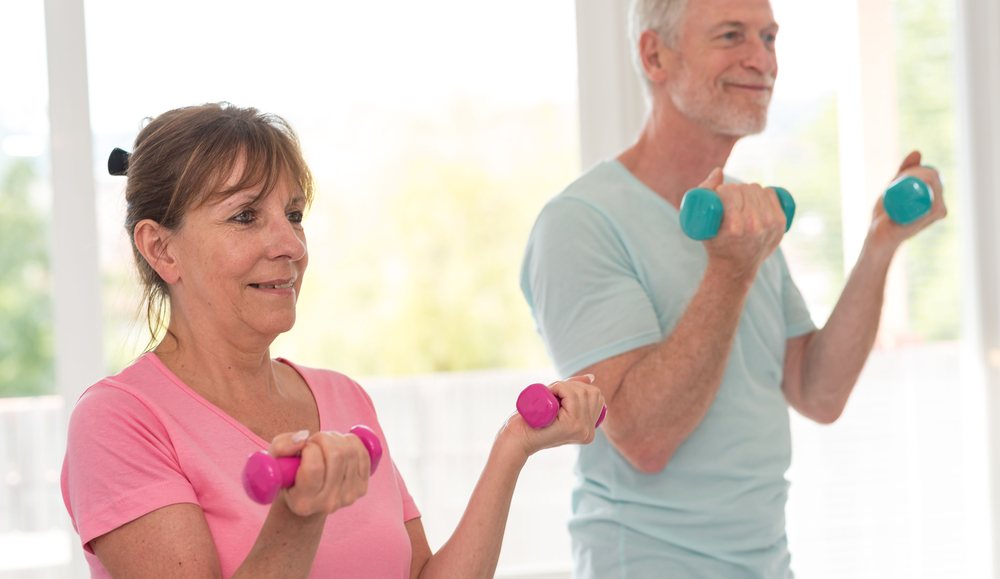Exercise for High Cholesterol (Dyslipidaemia)
What is Cholesterol and Dyslipidemia?
Cholesterol is a type of molecule that is essential to the function of the human body. As with most things, there is an appropriate level of cholesterol that is ideal for the human body to function properly. Dyslipidaemia refers to a situation where the balance of cholesterol is inappropriate for optimal function of the human body.
Dyslipidaemia can include one or more of the following:
• Increased levels of “bad” cholesterol (LDL)
• Increased levels of triglycerides
• Reduced levels of “good” cholesterol (HDL)
Dyslipidaemia can contribute to atherosclerosis, which is damage to blood vessel walls that can lead to heart disease and stroke. Too much “bad” LDL cholesterol in the blood can cause fatty build-ups in the artery walls (plaque), whereas increased levels of “Good” HDL cholesterol can reduce that fatty build up in the blood and clear away some of that plaque from the artery wall. High triglycerides are also considered to be a problem, particularly when linked to high LDL or low HDL cholesterol.
What do the numbers mean in my blood test report?


I also have diabetes, are my target numbers the same as those you have listed above?
For people with diabetes, the targets are lower. This is because people with dyslipidaemia and diabetes are at particularly high risk of complications. The targets for people with diabetes are:
Total cholesterol – Less than 4.0
HDL – More than 1.0
LDL – Less than 2.0
Triglycerides – Less than 2.0
How can exercise help my high cholesterol?
Exercise, together with healthy eating, can play a very important role in managing dyslipidaemia. Exercise has the following benefits on your cholesterol:
• Regular physical activity has been shown to increase HDL cholesterol.
• If you exercise and achieve weight loss, this will also help to reduce LDL cholesterol and triglycerides.
What type of exercise should I be doing for my high cholesterol?
As a general guide, you should be aiming to meet the Australian general physical activity guidelines, which is 30-60min of moderate exercise most days per week. Try and gradually increase your duration until you are comfortably achieving 60 minutes rather than 30 minutes, as this will help to maximise weight loss.
In addition to this, it is also recommended that you include 30 minutes of resistance exercises (strengthening) on two days per week.
Including both types of exercise is important to maximise the benefits on your cholesterol and general health. Each person is different so we recommend consulting with one of our exercise physiologists to develop an exercise plan, but in general the aerobic and resistance exercise components should follow these guidelines:
Aerobic exercise for dyslipidaemia:
• Which type of activity? Any moderate intensity activities that increase your heart and breathing rate. These can include brisk walking, swimming, light jogging, cycling and/or dancing. Moderate intensity means that you can hold a conversation but get breathless when attempting to sing or whistle.
• How often? Aim for at least 5 days per week.
• How much? Aiming for 60 minutes, but starting at 30 minutes or less if you are new to exercise.
Resistance exercise for dyslipidaemia:
• Which type of activity? Resistance exercises that use your large muscle groups. These can include bodyweight exercises, free weights, machine weights and/or resistance band exercises.
• How often? Aim for at least 2 days per week, on non-consecutive days.
• How much? Aim to perform 8-10 exercises in a session. Complete 2-4 sets of 10-15 repetitions per exercise. This should take you no more than 30 minutes.

What should I consider about my eating to maximise my cholesterol improvements?
• Limit foods high in saturated and trans-saturated fats.
• Choose healthier fats in the diet (mono-unsaturated and poly-unsaturated).
• Include more fibre-rich foods (vegetables, fruit, wholegrains, legumes, cereals).
• Limit alcohol.
• Stop smoking.
A registered dietitian can help you with a specific plan that suits your needs and lifestyle.
Our Exercise Physiologists at Glebe Physio are professionals who are trained in the safe and effective prescription of exercise for people with conditions such as dyslipidaemia. At Glebe Physio, we offer one-on-one appointments to individually assess your situation and tailor an exercise program for you, as well as fully supervised classes for those who enjoy exercising in a group environment.
If you would like to ask a question about our services or anything else, visit our Contact Us page to get in touch.
If you are ready to make an appointment, visit our make a booking page and get started today.
Get Active!
For more, visit our Frequently Asked Questions page.
If you would like to ask a question about our services or anything else, visit our Contact Us page to get in touch.
If you are ready to make an appointment, visit our make a booking page and let us help you with your fitness or recovery.

